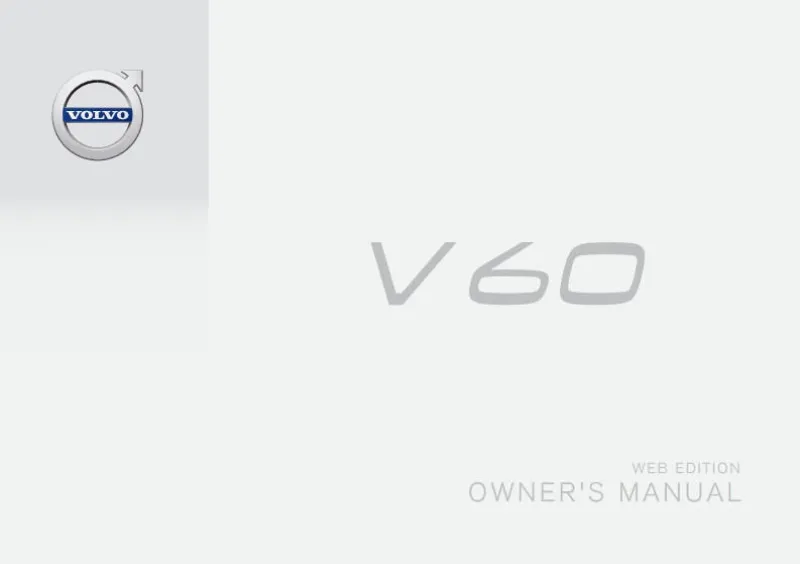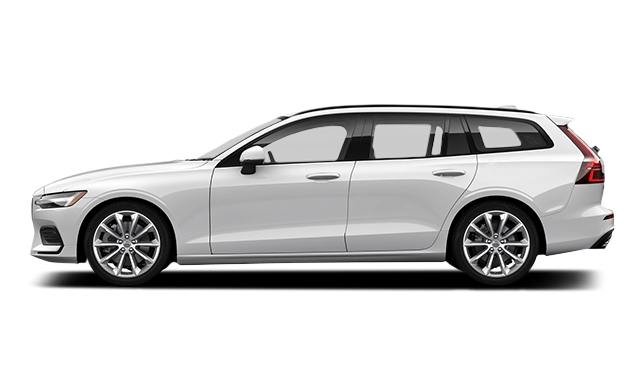2016 Volvo V60 Owner's Manual

Table of Contents
2016 Volvo V60 Overview
Introduction
The 2016 Volvo V60 is a stylish and versatile luxury sportwagon that combines Scandinavian design with performance and practicality. This model embodies Volvo's commitment to safety and excellence, providing a spacious and refined interior, advanced technology, and powerful engine options. With a distinctive exterior and a comfortable cabin, the V60 is tailored for drivers seeking a sophisticated and enjoyable driving experience.
Powertrains
The 2016 V60 offers various powertrain choices catering to diverse driving needs. The base T5 model features a 2.0-liter turbocharged four-cylinder engine, generating 240 horsepower, which strikes an excellent balance between efficiency and performance. For those seeking more power, the T6 model is equipped with a turbocharged and supercharged 2.0-liter four-cylinder engine, delivering an impressive 302 horsepower. Both powertrains are coupled with an eight-speed automatic transmission, delivering smooth shifts and responsive acceleration, while the all-wheel-drive option enhances stability and control in various driving conditions.
Trims
The 2016 Volvo V60 is offered in multiple trims: the T5 Drive-E, T5 AWD, and the T6 AWD. Each trim level comes with a variety of standard and optional features, allowing owners to customize their vehicles to fit their preferences. Noteworthy trims such as the R-Design boast sporty exterior styling cues, enhanced suspension, and distinctive interior touches that provide a more dynamic driving experience.
Features
Inside the 2016 V60, luxury meets innovative technology. Standard features include a user-friendly touchscreen infotainment system, Bluetooth connectivity, and a premium sound system. Higher trims add amenities such as leather upholstery, heated front seats, navigation, and advanced safety technologies like adaptive cruise control and lane departure warning. Cargo space is plentiful, making it ideal for families or outdoor enthusiasts.
Owner's Manual
The owner's manual for the 2016 Volvo V60 serves as an essential tool for owners to understand their vehicle's features, maintenance requirements, and safety protocols. It provides detailed guidance on operating the infotainment system, accessing safety settings, and wading through necessary troubleshooting, ensuring a seamless ownership experience. The manual encourages owners to familiarize themselves with their V60, maximizing both safety and enjoyment on the road.
User manual download
The Volvo V60 owner manual for the 2016 model year is to be found in PDF downloadable format on this page. The owner manual for the model year 2016 is free and in English, but the repair manuals are usually not easy to get and may cost more.
Manual Questions
Fill the form below and someone will help you!

